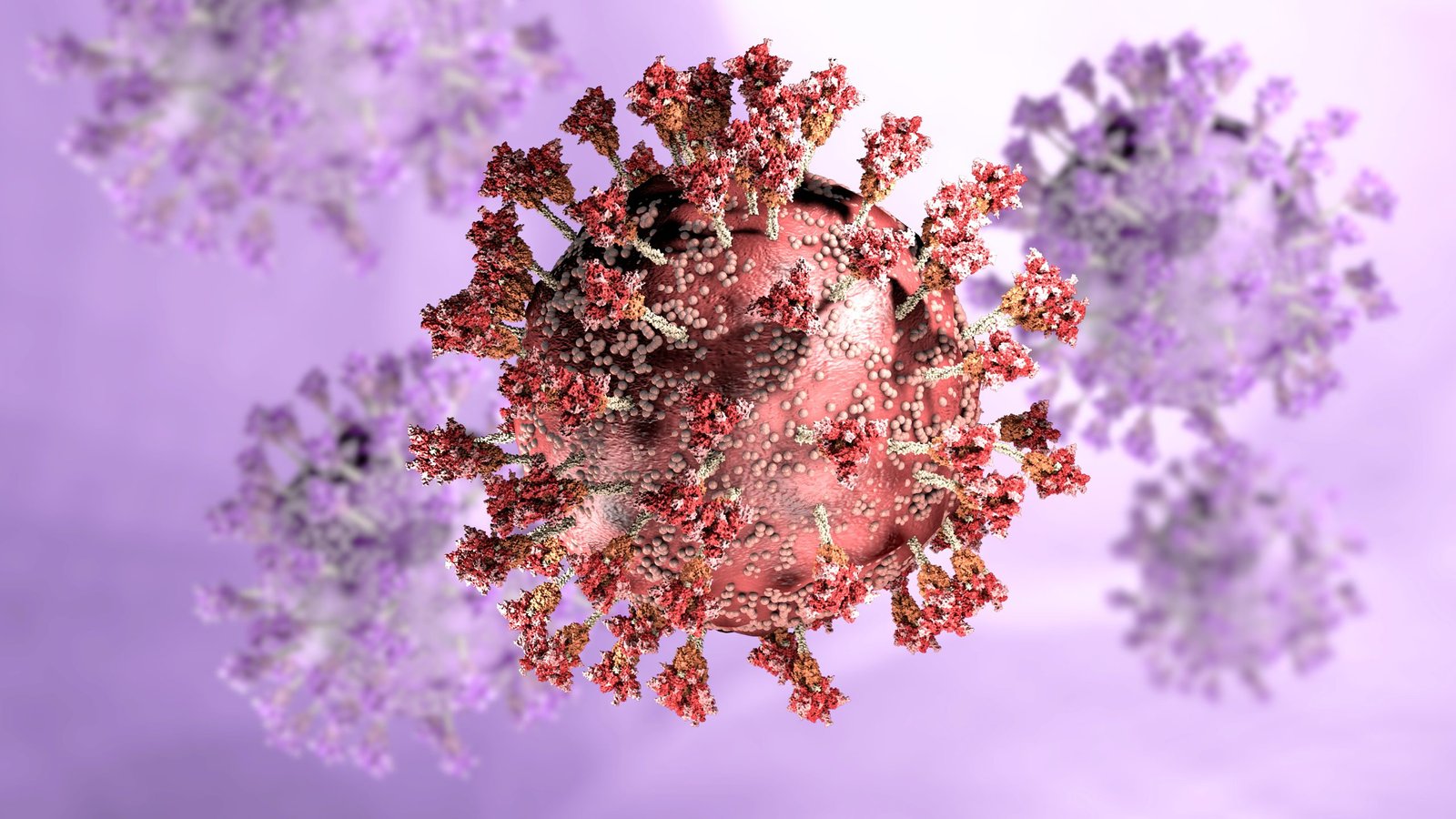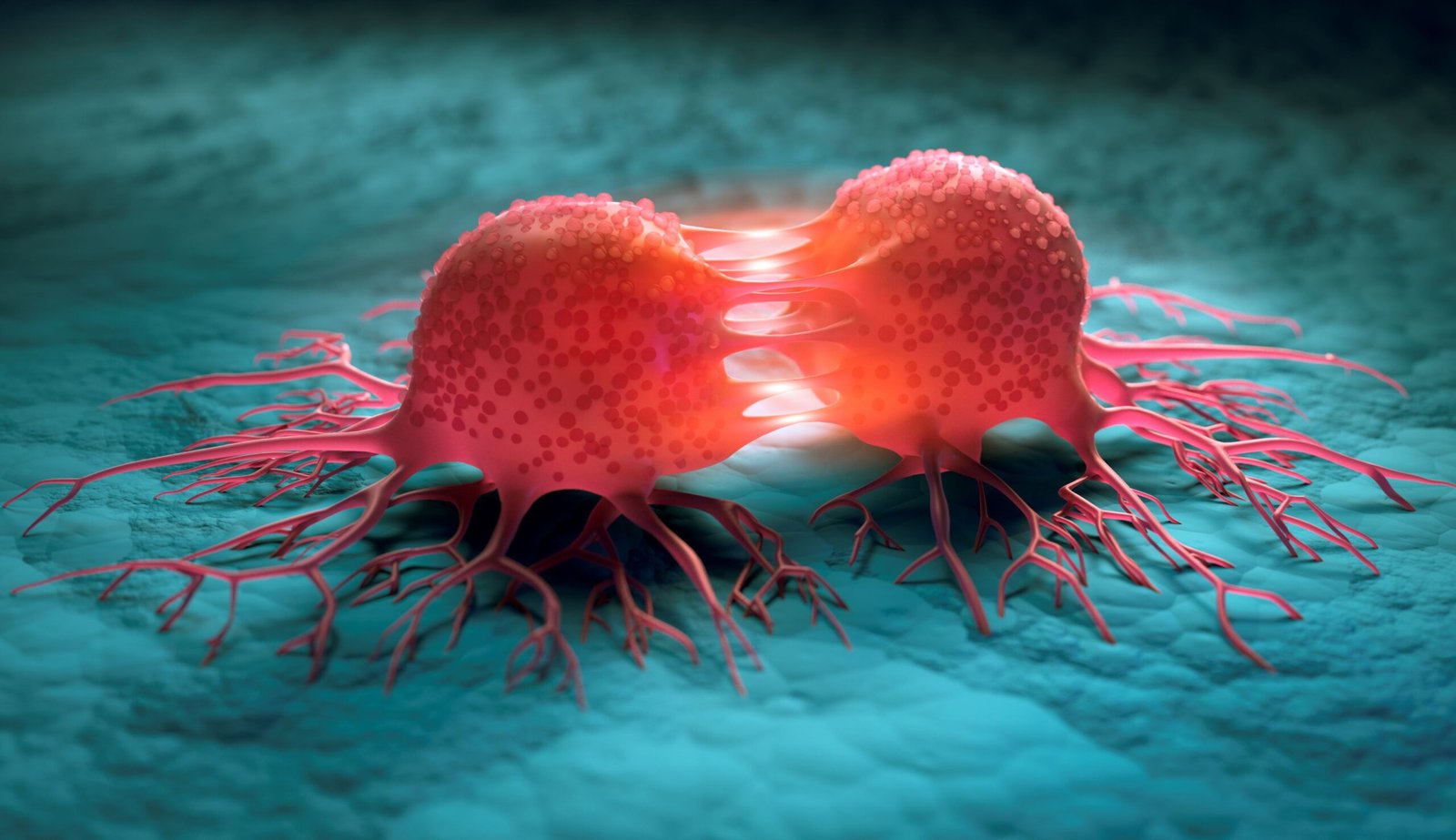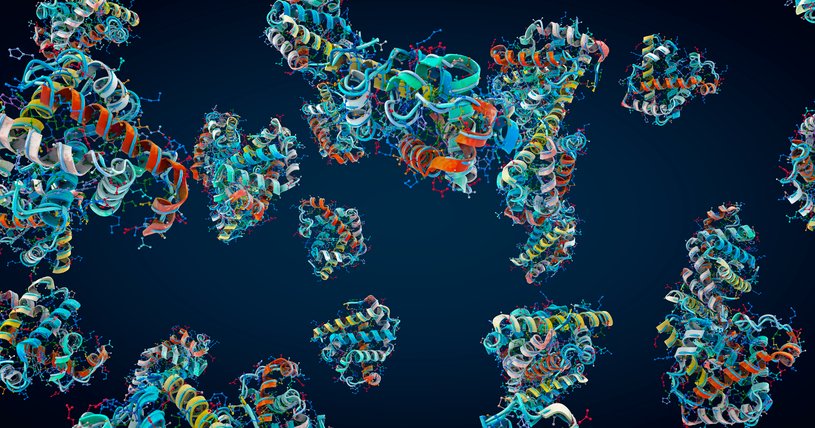Inspired by a rare immune disorder, researchers headed by a team at Columbia University have created an antiviral with an mRNA delivery system that displays broad activity against Zika virus, SARS-CoV-2, influenza, and other viral pathogens in vitro, and against SARS-CoV-2 in live rodents.
While further work is necessary, the team, headed by Dusan Bogunovic, PhD, acknowledges that a new antiviral strategy, which harnesses a suite of type I interferon (IFN-I)-stimulated genes (ISGs), could inform the future development of broad-spectrum treatments or prophylactics for a range of viral villains.
Bogunovic, together with first author Yemsratch T. Akalu, PhD, and colleagues, reported on their development in Science Translational Medicine, in a paper titled “An mRNA-based broad-spectrum antiviral inspired by ISG15 deficiency protects against viral infections in vitro and in vivo,” concluding, “This work lays the foundation for a first-line, deployable antiviral platform that is virus agnostic and modular.”
Viruses are among the most serious threats to global health, and newer dangers such as SARS-CoV-2 have stressed the need for broad-spectrum antivirals that can defend humanity during future pandemics. “As a society, we are not prepared for future outbreaks of either previously unidentified strains of existing viruses (e.g., SARS-CoV-2 or a repeat of the 1918 flu) or an unknown highly pathogenic virus,” the authors wrote. “None of the 67 antiviral drugs currently approved by the U.S. Food and Drug Administration are clinically used as an effective broad-spectrum treatment for viral infections…we must develop effective broad-spectrum antivirals to protect us from known, emerging, and unknown viral pathogens.”
Type I interferons (IFN-Is) are cytokines with potent antiviral and inflammatory capacities, the authors explained. IFN-I signaling drives the expression of thousands of IFN-I–stimulated genes (ISGs), which collectively work to control viral infections. Some of these ISGs, such as ISG15, however, work to restrain the immune response to hold back inflammation. “… IFN-I is self-limiting therapeutically because, among the more than 1,000 IFN-stimulated genes (ISGs) that act in concert to restrict viral replication, several negative regulators are present that counteract IFN signaling,” the team continued.
Absence of one of these negative regulators, ISG15, leads to what the scientists describe as persistent, low-grade elevation of ISG expression and concurrent, often self-resolving, mild autoinflammation. Moreover, they explained, “The limited breadth and low-grade persistence of ISGs expressed in ISG15 deficiency are sufficient to confer broad-spectrum antiviral resistance.”
Some people have an immune disorder that results in a lack of ISG15. As a consequence, cells taken from these patients can control a wide range of viral infections through a persistent, low-grade level of ISG expression unchecked by the immune-suppressing influence of ISG15. Taking inspiration, Akalu and colleagues set out to build an antiviral armament of ISGs that could yield similar broad-spectrum activity against various viruses. To gain insights into the ISGs responsible for broad-spectrum antiviral activity, the team carried out RNA sequencing (RNA-seq) on fibroblasts from individuals who lacked ISG15 (ISG15-/-) and from healthy individuals under two conditions: unstimulated and IFN-I-exposed.
From an initial set of ISGs that were differentially responsive to IFN-I between the ISG15-/- and control cells, the team identified a collection of 10 ISGs that mimicked the broader antiviral activity of the interferon system and confirmed that expressing this set of ISGs boosted cells’ ability to resist Zika virus and SARS-CoV-2. “Inspired by the antiviral state of humans with ISG15 deficiency, we identified a nominal collection of 10 ISGs that recapitulated the broad antiviral potential of the IFN-I system, which typically induces the expression of thousands of ISGs,” the team wrote. “The expression of this 10-ISG collection in an IFN-I–nonresponsive cell line increased cellular resistance to Zika virus, vesicular stomatitis virus, and severe acute respiratory syndrome coronavirus 2 (SARS-CoV-2).”
The scientists then developed an mRNA formulation of their ISG torpedo, which they showed partially protected mice from influenza and shielded hamsters from lethal doses of SARS-CoV-2 when given prophylactically. “Ultimately, we engineered a system in which we reduced the ISG repertoire to a 10-ISG effector syndicate that effectively controls viral infection and severity of viral disease,” they stated. “This work lays the foundation for a first-line, deployable antiviral platform that is virus agnostic and modular.”
They suggest that one avenue of future work should focus on defining the minimal ISG combinations that still retain broad-spectrum efficacy, and with simplified composition. It will also be important to develop an RNA delivery mechanism to help achieve optimized RNA delivery and ensure efficient, tissue-targeted expression, with minimal immunogenicity, they noted. “Ultimately, this platform could be developed into a versatile antiviral countermeasure, adaptable for rapid deployment against a wide range of viral threats.”
The post mRNA-Based Broad Spectrum Antiviral Development Inspired by Rare Immune Disorder appeared first on GEN – Genetic Engineering and Biotechnology News.



